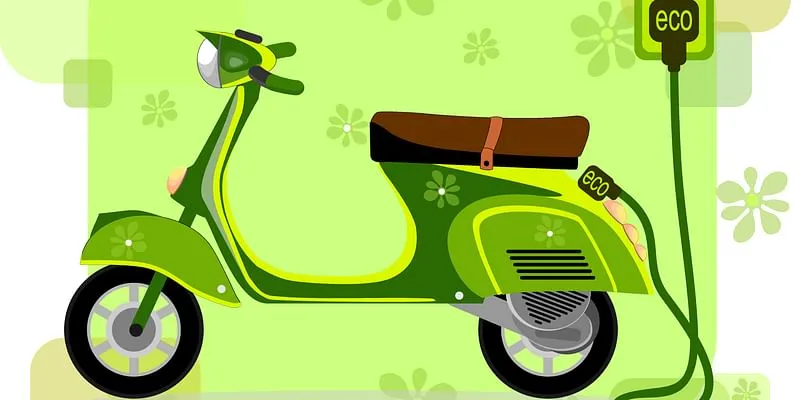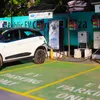Electric 2Ws, 3Ws may lap up major chunk of total sales pie by 2030: Report
Electric two- and three-wheeler sales in India are expected to account for 50% and 70% of the total sales, respectively, by 2030.
Electric two- and three-wheeler sales in India are expected to grow at a fast clip and account for 50% and 70%, respectively, of the total sales by 2030, a report said.
The report is jointly prepared by the Automotive Component Manufacturers Association (ACMA) and McKinsey.
It said that in India, the total cost of ownership is likely to be more attractive for electric two- and three-wheelers than for passenger or heavy commercial vehicles.
The report released on the sidelines of the 62nd annual session of ACMA, noted that "sales of new electric two- (2W) and three-wheelers (3W) could grow to 50 and 70 per cent, respectively by 2030," it said.
The report stated that internal combustion engines (ICE) will continue to dominate the Indian passenger and heavy commercial vehicle landscape, with slower electrification.
Electric passenger vehicles and heavy commercial vehicles are expected to account for 10-15% and 5-10% of new vehicle sales, respectively by 2030, it added.

According to early estimates, a transition to EVs could impact up to 50% of ICE bill of material (BOM) components, the report said.
This could disrupt the portfolio of incumbents in traditional ICE component categories, it added.
This disruption could be an opportunity too, creating multiple whitespaces for companies to cater to the new EV BOM needs and generate avenues to serve markets outside India in both ICE and EV component categories, the report said.
It noted that while there is a cause for optimism, the push for clean mobility and corresponding growth in the adoption of electric vehicles could disrupt the automotive landscape over the course of this decade.
Europe and China are expected to be front runners in this shift with the rest of the world following suit eventually, it stated.
The report further said emerging markets India and China are likely to lead the overall automotive space with sales of passenger vehicles expected to rebound to peak levels by the middle of this decade.
The long-term prospects for the industry remain strong despite near-term supply disruptions, it added.
The domestic auto component industry needs to expand exports by diversifying beyond traditional geographies in order to benefit from the changing industry landscape, the report said.
"Specifically for tapping the exports opportunity, a dedicated multi-stakeholder task force (comprising ACMA, SIAM and the government) could systematically enable and empower industry players through OEM connects, cross-border M&A, shifting of manufacturing, policy support, trade agreements," the report stated.
The success of auto component manufacturers in the face of EV-linked disruptions would not only enhance their growth and relevance, but also be a boost for India, the report said.
It would consolidate India's position on the world map as a future-ready hub for manufacturing, it added.
"This calls for a concerted effort by all stakeholders across the government, industry bodies, OEMs and suppliers. Each of these could be a crucial enabler in helping the industry to prepare for its next phase of growth," it stated.
Edited by Kanishk Singh








